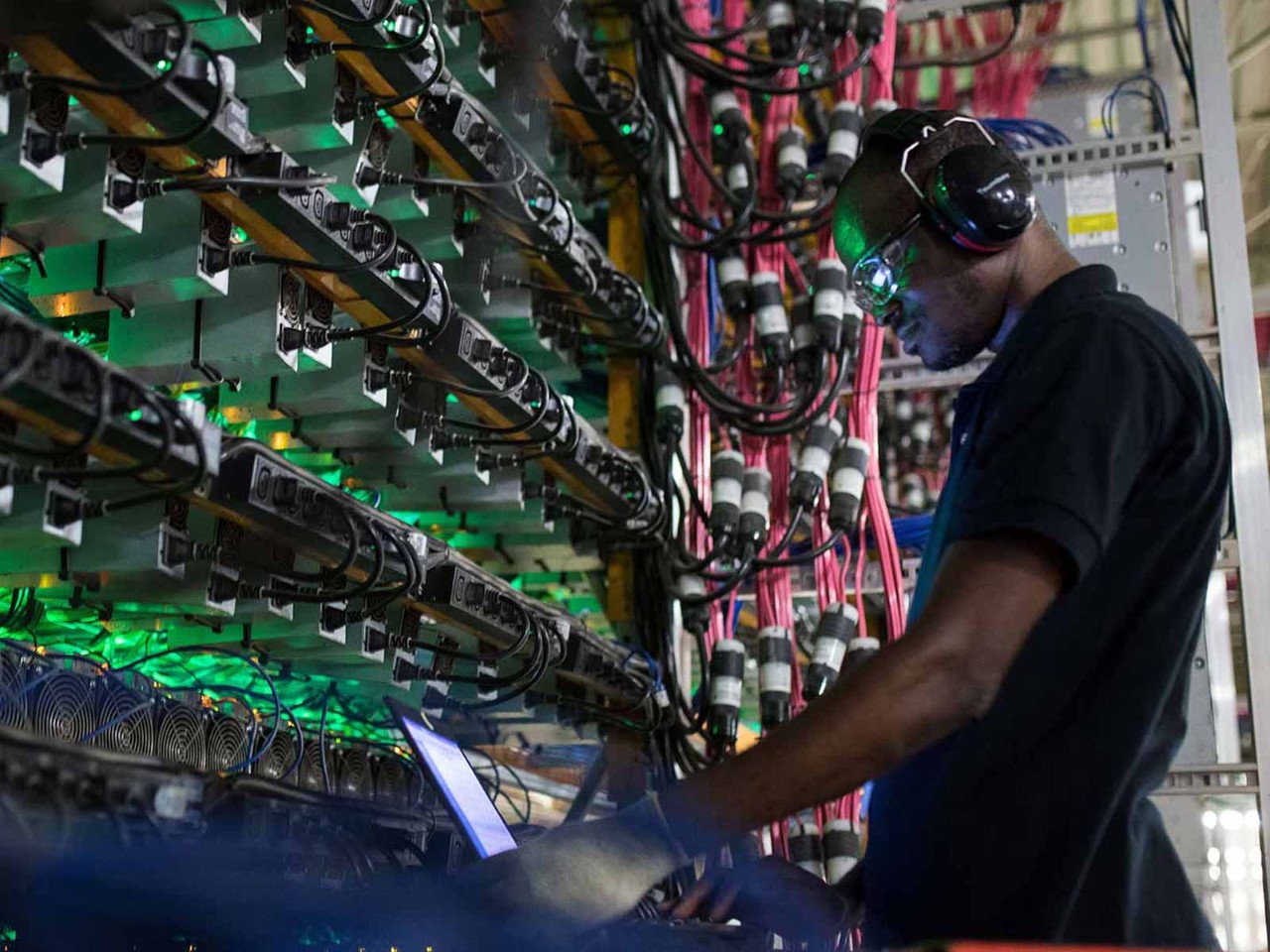
When Amanda Blanc, CEO of insurance giant Aviva, was told by one shareholder at the company’s recent annual general meeting that she was ‘not the man for the job’ and was questioned by another about whether she should be ‘wearing trousers’, it seemed that the world of workplace diversity hadn’t made much progress at all. In fact, Blanc says the ‘unacceptable behaviour’ she faces from male peers gets worse the more senior she becomes.
Diversity and inclusion (D&I) has been capturing broader attention as part of the ‘S’ in environmental, social and governance (ESG) due to companies coming under increasing regulatory scrutiny to meet D&I targets, and growing evidence that not prioritising D&I is bad for business. But there’s clearly still a long way to go for attitudes to change.
Get buy-in
Implementing a good D&I policy is in fact an issue of organisational change, which starts at the top, with a vigilant board that looks at D&I in terms of both risk management and value creation.
It requires strong controls to instill honesty, integrity and dignity as core values. This ‘ethical conduct by design’ takes a lot of hard work, education and, arguably most importantly, measurement, to ensure that behaviour and attitudes are shifting.
Employees at all levels need training to help them challenge stereotypes, as well as time spent with people from different backgrounds
But everyone has to buy into the movement, especially those in the majority. One UK study suggests that male managers could be blocking gender balance efforts, with a third believing too much effort is being placed on diversity. According to the White Men’s Leadership Study, a study of white men and diversity, equity and inclusion, more than 70% of white men feel ‘forgotten’ by D&I efforts.
Employees at all levels need training to help them challenge stereotypes, as well as time spent with people from different backgrounds.
Create the right climate
One of the most important elements in creating an inclusive culture is the ability to build a ‘climate of voice’, where people feel psychologically safe to use their voice to challenge behaviour and/or the status quo. And leaders (and/or HR) need to listen and respond to what is being raised.
Of course, there have been many success stories in the pursuit of a more diverse, inclusive and equitable working world.
In May, the US Soccer Federation announced that it would now pay its male and female players equally, eliminating a contentious pay gap. Women now make up nearly 40% of FTSE 100 boardrooms compared to only 12.5% 10 years ago, while in the US the proportion of female S&P 500 directors has risen from 16% to 30% in the past decade.
Set KPIs
Key performance indicators, goals and objectives relating to D&I must be measured, monitored and reported to the senior leadership team, just as you would with any other strategic goal or business-focused work programme.
Hold everyone accountable
If D&I is to be taken seriously, cases of inappropriate behaviour or conduct relating to inclusion must be seen to have consequences, no matter the seniority of the perpetrator or the unintended nature of the behaviour. Behavioural change will only take place in an environment that is built on trust, mutual respect and accountability.
D&I must be elevated from a nice-to-have to a must-have business priority. It should be positioned as an intrinsic part of corporate strategy that will activate corporate purpose, increase risk resilience, unlock the full potential of human capital, and contribute to enhancing an organisation’s performance and bottom line.
The risks of inaction
The UK’s Financial Conduct Authority has set targets for listed companies for representation of women and ethnic minorities on their boards and executive management – and a requirement to explain if they don’t meet these goals.
Nasdaq’s Board Diversity Rule sets similar standards for board composition and disclosure.
Failing to act as diverse, equitable and inclusive incurs costs way beyond a fine from a regulator. In the UK, ‘workplace banter’ lawsuits soared by 44% last year.
In addition, recent research published in the MIT Sloan Management Review found that a ‘toxic culture’ is the biggest reason people quit their job – workplace culture is 10 times more important than pay.
Toxic cultures are estimated to cost US businesses more than US$44bn per year – and this was before the current ‘great resignation’. Such environments are characterised as non-inclusive, disrespectful, with unethical, cut-throat or backstabbing behaviour and abusive management.



